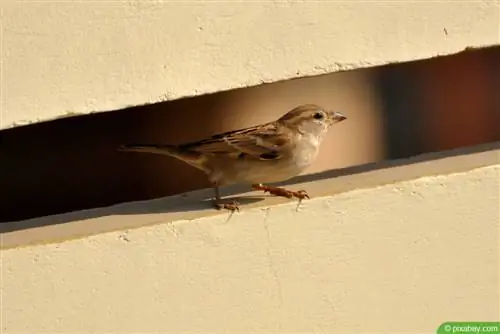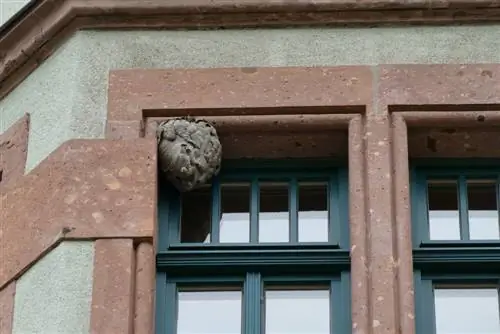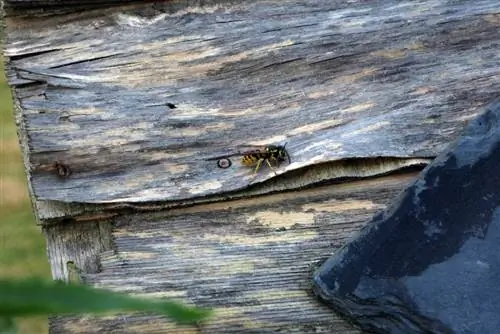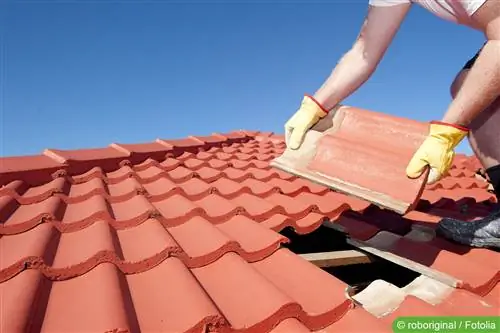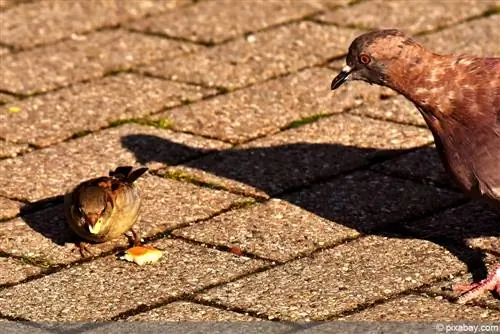- Author admin [email protected].
- Public 2023-12-17 03:39.
- Last modified 2025-01-24 12:45.
Sparrows are the most common songbird species in the world. They have adapted to people's way of life and populate residential areas. What can you do if
Profile: Sparrow
- House Sparrow (Passer domesticus)
- Size: 16 centimeters
- Feature: large head, strong beak
- Male animals: brown stripes on the sides of the head, black throat, gray top of the head
- Females: dull brown
- Food: grains, seeds, young birds are fed with insects
No place for sparrows
House sparrows are where people live. Over the past centuries, they have adapted to the human way of life as so-called cultural followers. So far they have found sufficient nesting opportunities in barns and stables, under protruding shingle or reed roofs. Their menu was always full because they found enough food in rural agriculture. People's lives have changed significantly in the last few decades. Large cities have replaced rural structures and modern houses offer little opportunity for nest building.
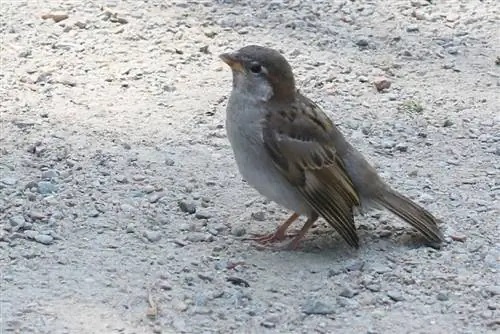
Almost unnoticed, the sparrow population decreased significantly due to the industrialization of agriculture at the beginning of the 20th century. But sparrows are adaptable. When sparrows breed under the roof, the children are happy about the chirping visitors. However, homeowners fear damage and dirt to the house. What can you do? Is a gentle expulsion or even relocation of the sparrow's nest possible?
House sparrows need buildings to build their nests. They build their nests at a height of three to ten meters:
- under the roof tiles
- in cavities between roof battens
- behind the gutter
The creative birds also use it to build nests
- Woodpecker holes in thermally insulated facades
- Rooms behind company signs
- Vacities on neon signs
Damage from the sparrow nest
The homeowners' fears are not unfounded. A sparrow's nest on the house can cause damage to the building structure. The sparrow rarely comes alone. The birds live in colonies and build their nests as close apart as possible. If a pair of sparrows has found a nesting place at your house, other sparrows will follow suit.
There is damage to the house:
- Contamination caused by bird droppings
- Volume of chirping sparrows near the window
- Damage to the facade
Preventive measures
If you want to protect your house from damage, you can prevent nest building with our tips.
- Seal any damaged areas on the house. Pay particular attention to areas under the eaves.
- Have the condition of the roof checked regularly by experts. Loose roof tiles and loose roof battens are identified, which provide an opportunity to build nests.
- Do not leave leftover food or bowls of food on your property.
Remove sparrow nest?
Removing a sparrow nest is not a good idea! The Federal Nature Conservation Act prohibits the destruction of breeding and breeding grounds for wild animals. The lower nature conservation authority in your district will answer your questions and issue special permits if necessary.
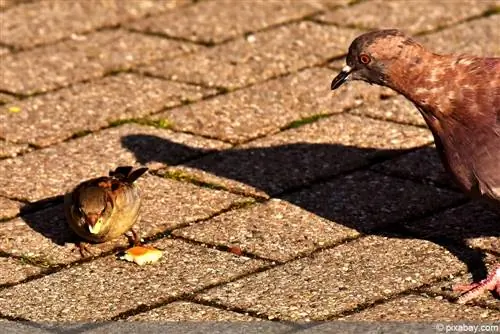
Exemptions arepossible, at:
- several sparrow nests on the house
- Dangers to playing children
- Residents with allergies
- Risk of significant building damage
Attention:
Anyone who removes a sparrow nest or destroys the nest or kills young birds without permission will be punished with a fine.
Care away sparrows gently
There are various ways to prevent house sparrows from building nests under the roof.
1. Bird dummies
Sparrows are on the menu of birds of prey. Buzzards, owls and jays pose a danger to the small songbirds. Dummy birds on the roof can help drive away the house sparrows. Make sure to implement the dummy every now and then. Otherwise the birds will recognize the trick and simply build their nest next to it.
2. Noises
Played bird songs from various birds of prey can help reduce the attractiveness of the building to sparrows.
3. Reflective discs
The sparrow reacts sensitively to reflective windows and tapes. Anyone who installs these commercially available bird deterrents near suitable breeding sites is initially safe from unwanted visitors. But the protection doesn't last long. Sparrows soon realize that the flashing windows pose no danger and ignore them.
4. Ultrasound
Repelling animals in the garden with ultrasonic devices is a popular method. It is used against cats, martens, raccoons and also against sparrows. It is questionable whether the investment in these devices is really worth it.
5. Wind chimes
Wind chimes are often placed in the garden as decoration but also to scare away birds. They are available in different variations.
6. Spikes
Spikes on the roof are used to deter birds. The strips with metal or plastic tips are glued, nailed or riveted to the roof. They are mainly used to drive away pigeons, special versions help prevent swallows or sparrows from settling.
Living together
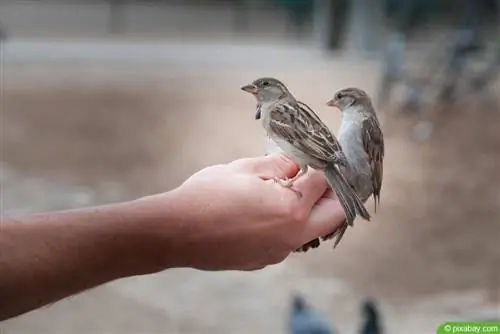
Before you spend your energy trying to drive away sparrows, consider the possibilities for peaceful coexistence. Is the breeding site chosen by the sparrow pair really disturbing? Install a manure board to protect the facade. The little birds are fascinating. Enjoy watching the sparrows raise their young. Experience the calls of the hungry young birds and their first flight. Maybe this experience alone is compensation enough for the impairments?
Frequently asked question
Where does the term “dirty sparrow” come from
The reason for this is the little bird's love of dust bathing. Many people are familiar with the image of the little sparrow bathing in the dirt on the dusty dirt road. This bath helps the birds to get rid of pests from their feathers.

